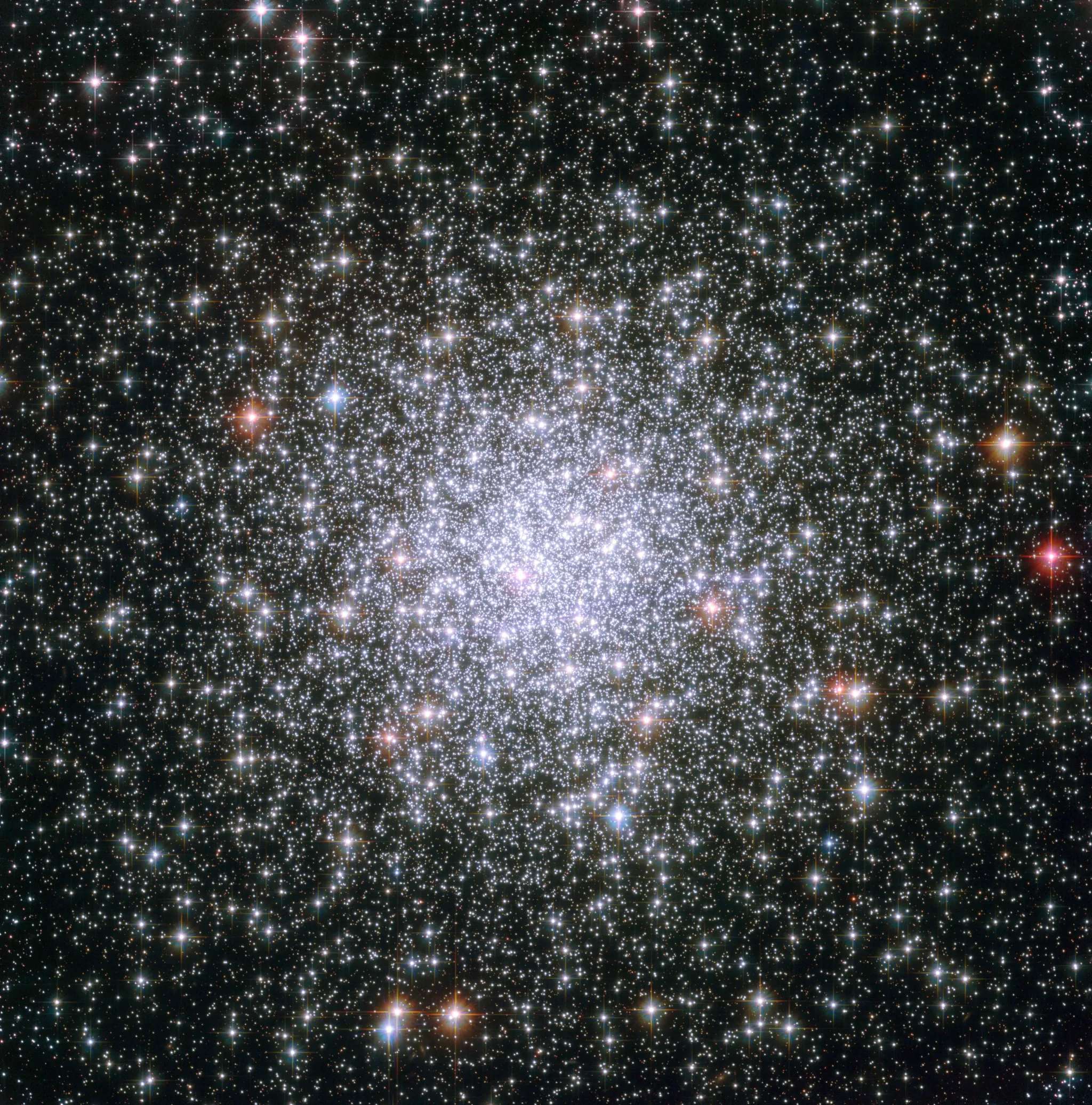M69 | NGC 6637 | Globular Cluster | Sagittarius | 29,700 Light Years Away
Messier 69 is a globular star cluster situated in the constellation Sagittarius, first discovered by the French astronomer Charles Messier in 1780. Positioned approximately 29,700 light-years away from Earth, this celestial assembly is part of the Milky Way galaxy. Messier 69 is notable for its dense and spherical arrangement of stars, characteristic of globular clusters.
Comprising hundreds of thousands of stars, Messier 69 exhibits a concentrated core where stars are tightly packed due to gravitational forces. The stars within this globular cluster are quite old, with an estimated age exceeding 13 billion years. The study of Messier 69 and similar objects contributes to our understanding of globular clusters, offering insights into the dynamics and evolution of stars in these ancient stellar communities.
Observations of Messier 69 provide astronomers with valuable information about the overall structure and properties of globular clusters, contributing to our understanding of the larger galactic context in which these stellar groupings reside. The study of globular clusters helps astronomers unravel the complexities of galactic evolution and offers clues about the conditions prevailing in the early universe. Messier 69, with its distinct characteristics and position in the Sagittarius constellation, adds to the ongoing exploration of globular clusters within the vast cosmic landscape.

